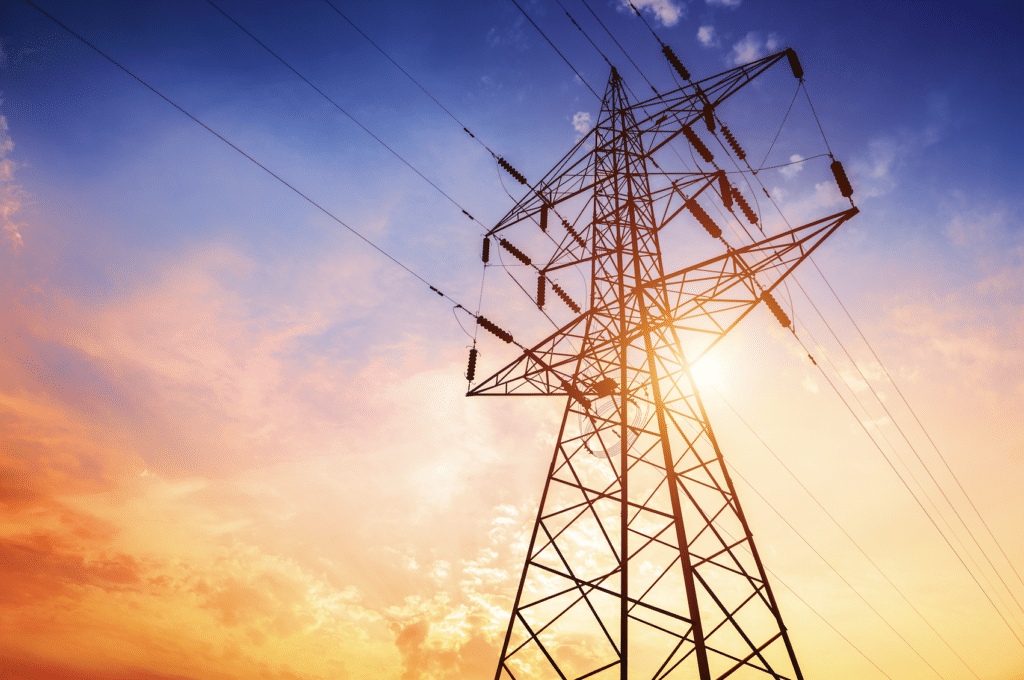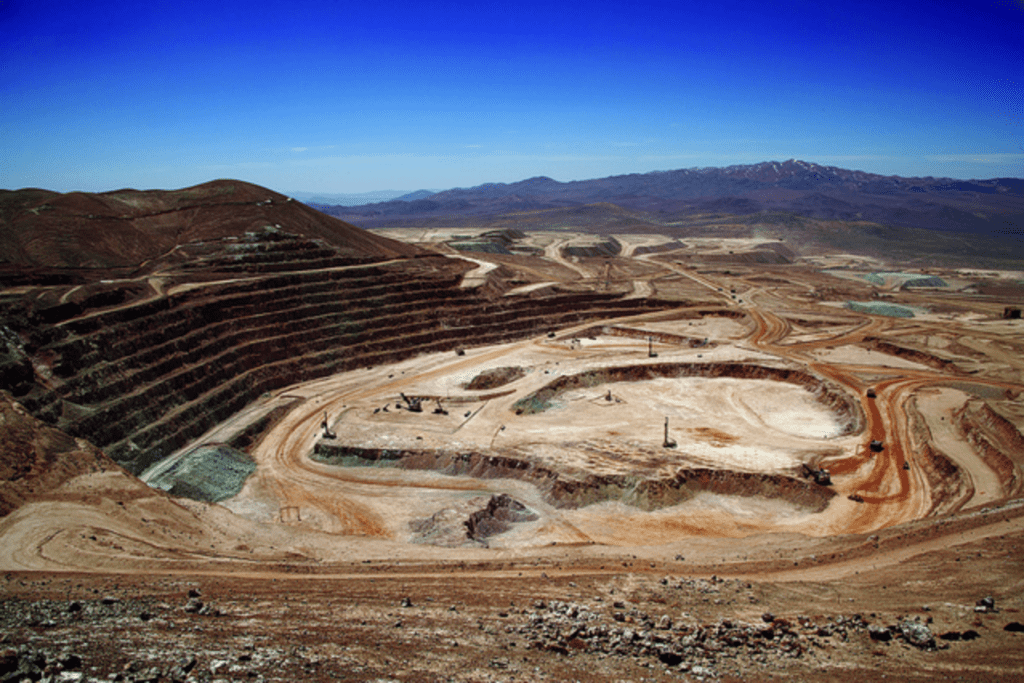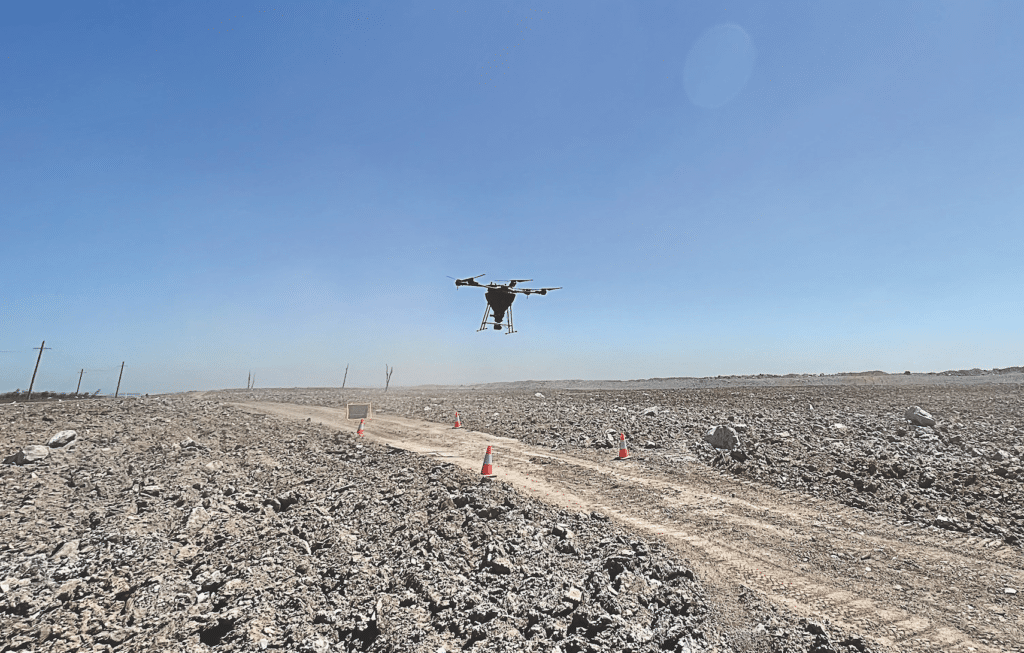Showcasing the best in underground mining
July 8, 2024
Underground mines are busy places, and it’s vital companies are on top of their processes to enable an efficient and safe underground operation.
Whether it’s having the best equipment to drive higher production, maximise return on investment, minimise waste or keep workers out of harm’s way, mining companies benefit from understanding and investing in the right underground technologies.
Source: https://www.australianmining.com.au/showcasing-the-best-in-underground-mining/

The Queensland Government has broken ground on the first construction works of the $5 billion CopperString project. Work commenced yesterday on the CopperString projects’ first and largest workforce accommodation site. The site will house those charged with building the project’s 840km high-voltage transmission line that will connect Mount Isa to the ‘SuperGrid’ for the first time. The workforce accommodation will house up to 550 construction workers at its peak. These workers will construct a nearby substation and progress early stages of the transmission line development heading west from Hughenden out to Mount Isa. Supercharging the state’s north-west aims to unlock Queensland’s $500 billion north-west minerals province. It’s expected CopperString will be complete in 2029, weather and construction conditions permitting. Queensland Premier Stephen Miles said CopperString is the biggest ever expansion to the state’s publicly owned energy system. “Queenslanders deserve cheaper, cleaner, more reliable energy – to power their homes, our schools, hospitals, shopping centres and more,” Miles said . “CopperString will be the catalyst for transforming Queensland’s north and north-west – opening up mining opportunities, creating more jobs and unlocking critical minerals which will be essential in developing renewable technologies. “This is the start of a long and exciting future for the region and our state.” Commencing later this month, project owner, Queensland Powerlink, will be offering free sessions for businesses along the CopperString corridor to build their capabilities. The program includes five workshops and one-on-one assistance to help businesses build confidence to bid on major projects and supply chain work in the region. “All of North Queensland understands the immense opportunities that CopperString presents for local jobs both directly and indirectly which is why this is such a momentous day,” Resources and Critical Minerals Minister Scott Stewart said. “Critical minerals are the next big boom for the resources industry and the feedback I’ve had from companies is that this project is key to unlocking those opportunities.” Source: https://www.australianmining.com.au/queensland-breaks-ground-on-copperstring/

BHP has started environmental processing to have the transport at its Escondida copper mine in Chile transitioned to an electric trolley system. The Big Australian will invest around $US250 million ($371.6 million) in the project at Escondida, which it owns in a joint venture with Rio Tinto. The funds will go towards installing key infrastructure to electrically assist the movement of extraction trucks in areas where the highest fuel consumption currently takes place. BHP has submitted an environmental impact statement to the Environmental Impact Assessment System in Chile. “The electric trolley system is one of the initiatives with which we seek to move towards a safer and more sustainable way of operating hand in hand with technology,” BHP Escondida president Alejandro Tapia said . “This project will allow us to reduce the fuel consumption of our extraction trucks and thus advance our goal of net-zero operational greenhouse gas emissions by 2050.” The project includes the construction of a new electrical substation and transmission lines both inside and around the Escondida Norte pit. These facilities will electrically assist the movement of trucks inside the mine in the areas where they go up loaded with ore and, consequently, consume more fuel. With this new technology, instead of using diesel, they will be propelled by electrical power, reducing greenhouse gas emissions and improving productivity associated with truck performance given the higher travel speed. Once construction kicks off up to 160 jobs are expected to be created. The trolley project is in addition to other technological transformation initiatives that the company maintains in different stages of study and execution, including the progressive incorporation of autonomy in its mining equipment. To date, Escondida has six autonomous trucks in full operation and by 2025 it expects to have the largest fleet of autonomous equipment in South America. Source: https://www.australianmining.com.au/bhp-goes-green-at-worlds-largest-copper-mine/

Dendra has evolved its aerial seeding technology to the point that it can cover up to 44 hectares per day – a 10-fold increase in just a decade. The Australian mining industry is beginning to understand the gravity of the environmental, social and governance (ESG) movement and what it means for a company’s bottom line. Regulators, investors and other stakeholders are increasingly taking ESG into account when making decisions that affect a mine’s financing and development. Dendra is enabling ESG compliance in the local resources sector by empowering miners and contractors to implement better ecosystem-restoration practices, leading to improved land treatment and relationships with Traditional Owners. As an important component of ecosystem restoration, aerial seeding sees drone fleets disperse various seed types and combinations onto disused mining areas, providing the foundation for ecosystem restoration, reducing erosion hazards, and suppressing the growth of invasive plant species. Aerial seeding usurps traditional ‘boots-on-the-ground’ methods, with drones able to seed larger and harder-to-access areas faster. In fact, Dendra is able to seed up to 44 hectares per day through its current aerial seeding processes – a 10-fold scale increase from a decade ago. Dendra has not only been able to expand the scale of its offerings but also improve the quality of its technology to handle a wider range of seed types. “In Australia, seed types range from grains to grass and everything in between,” Dendra engineering group manager Ashwin Chandrasekaran told Australian Mining. “This is where Dendra comes in – we’ve pioneered new technology that can help spread far more fibrous and difficult seed types. And we do this with a focus on operational safety and efficiency.” Dendra Australia engineering manager Alec Lewandowski said Dendra’s technology is ever evolving. “We are always adapting our system to new seed types,” he told Australian Mining. “When we receive a seed that’s outside of our capability, we perform some R&D (research and development) and get the system working again to a good level. “This is a testament to how our company works; no matter the customer request, we push to make it work.” Dendra sees new capabilities entering the drone technology sector all the time. It’s one thing to adopt a new technology, but it’s another thing to adapt it. “Every year new aircraft enters the market that has more agility or carries heavier weights,” Chandrasekaran said. “Dendra builds a system that can adapt to these aircraft. Just because an aircraft can carry ‘X’ amount of weight doesn’t mean it is better, because you still need to be able to accurately disperse a certain amount of seed per hectare.” The continued expansion of Dendra’s aerial seeding solution reflects both the growth of drone technology over the years and the company’s ability to evolve with that growth and tailor its solutions to current environmental needs. Chandrasekaran said when a mining customer in Western Australia requested its mining operation be seeded by “one of Australia’s most difficult seed types”, Dendra went to work. “The first time we saw the seed, we instantly knew it was going to be a difficult seed to work with; the seed could be compared to a bale of hay,” he said. “But we quickly made some modifications to our system and patented a new technology that focuses on how different seed types can efficiently pass through our system. “We’ve been able to improve our technology little by little, making it more and more efficient, and we’re now at the stage where we’re doing an extensive project. “We started aerial seeding about five hectares for this client. This year we’ll be doing 500 hectares.” Dendra has achieved greater scale and scope with its aerial seeding solution. The company is also changing the way undulating and difficult-to-access terrains can be rehabilitated. “Much of the mining environment is very treacherous terrain – it’s rarely flat,” Chandrasekaran said. “While traditional methods often involve trucks, tractors or teams of people on ground manually completing seeding tasks, this is not possible or safe in many mining landscapes. “This is where our aerial solution comes into effect. There is no terrain we cannot seed, which means we can easily scale because we only need to add more aircraft to increase the size of the area we’re trying to spread. “And even if the terrain is accessible, if you consider the cost per hectare, buying another drone is a lot more economical than buying another tractor to seed the same area.” Dendra makes seeding simple, with the mobility of its unmanned aerial vehicles (UAVs) meaning solutions can be quickly mobilised to a mine site. “Some of the mine sites we work with are so remote that it isn’t always practical to get machinery on-site in a short space of time,” Chandrasekaran said. “But we’re able to quickly deploy our UAVs, go out and complete hundreds of hectares of seeding over a couple of weeks. “We’re efficient, we’re safe, and we’re fully capable of being able to deliver seeding solutions at scale in a short period of time, which saves mining companies a lot of time and money.” While Dendra has already achieved so much with its aerial seeding solution, there is so much more potential for this technology to grow and evolve. Lewandowski said the company is always pushing to achieve greater volume. “The more volume an aircraft can hold, the more seeds you can hold in one flight,” he said. “This means less fly backs, less filling up of the aircraft, which means more spread and more hectares covered per day.” Dendra has a passion for technology and a passion for the environment, two critical linchpins in determining the mining sector’s ESG future. And as Dendra establishes a stronger presence in the Australian mining sector, the company will continue to drive greater innovation and unearth safer, more efficient and more cost-effective ecosystem restoration practices. Source: https://www.australianmining.com.au/inspired-tech-and-faster-rehabilitation/

